Figs are among the oldest cultivated fruits in human history, loved for their natural sweetness, health benefits, and versatility in both culinary and medicinal uses. From ancient civilizations to modern kitchens, figs have always held a special place in diets worldwide. But have you ever wondered which country produces the most figs in the world? In this article, we’ll take a deep dive into the global fig industry, explore the largest fig-producing nation, and understand why this country leads the world in fig cultivation.
A Brief History of Figs
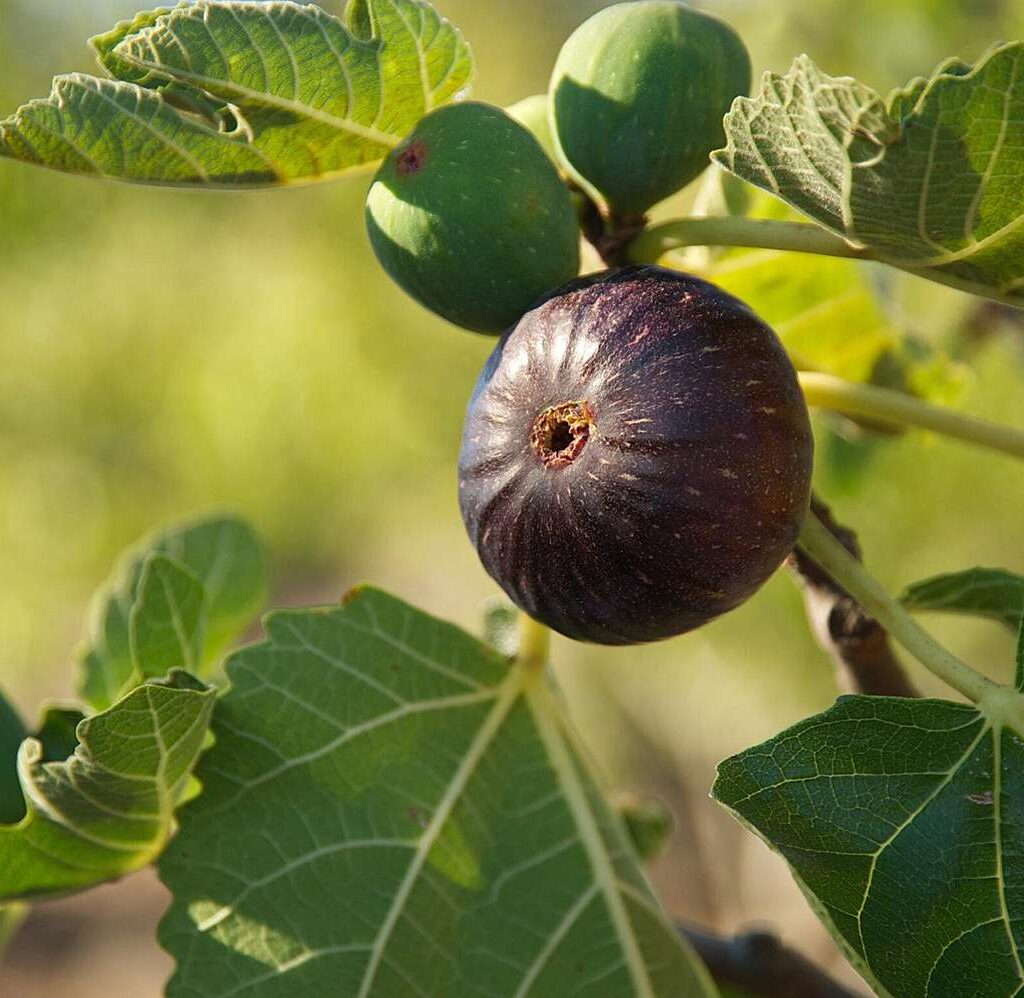
Figs (scientific name: Ficus carica) are believed to be one of the earliest plants cultivated by humans. Archaeological evidence suggests fig cultivation dates back to 9,400 BC in the Jordan Valley. Native to the Middle East and Western Asia, figs later spread to the Mediterranean region and became an essential part of many ancient diets, including those of the Egyptians, Greeks, and Romans.
Today, figs are grown in warm, dry climates around the world, with countries in the Mediterranean, Middle East, and parts of North and South America contributing significantly to global production.
Global Fig Production Overview
Figs thrive in arid and semi-arid regions with long, hot summers and mild winters. As a result, the Mediterranean Basin remains the heart of global fig production, alongside other warm-climate regions. According to recent data from the Food and Agriculture Organization (FAO), global fig production surpasses 1.3 million metric tons annually.
Several countries actively produce figs on a commercial scale, including:
- Turkey
- Egypt
- Morocco
- Algeria
- Iran
- Spain
- Syria
- United States (California)
While many nations grow figs for local consumption, only a few dominate the global export market. And standing at the top of this list is Turkey.
Which Country Is the Largest Fig Producer in the World?
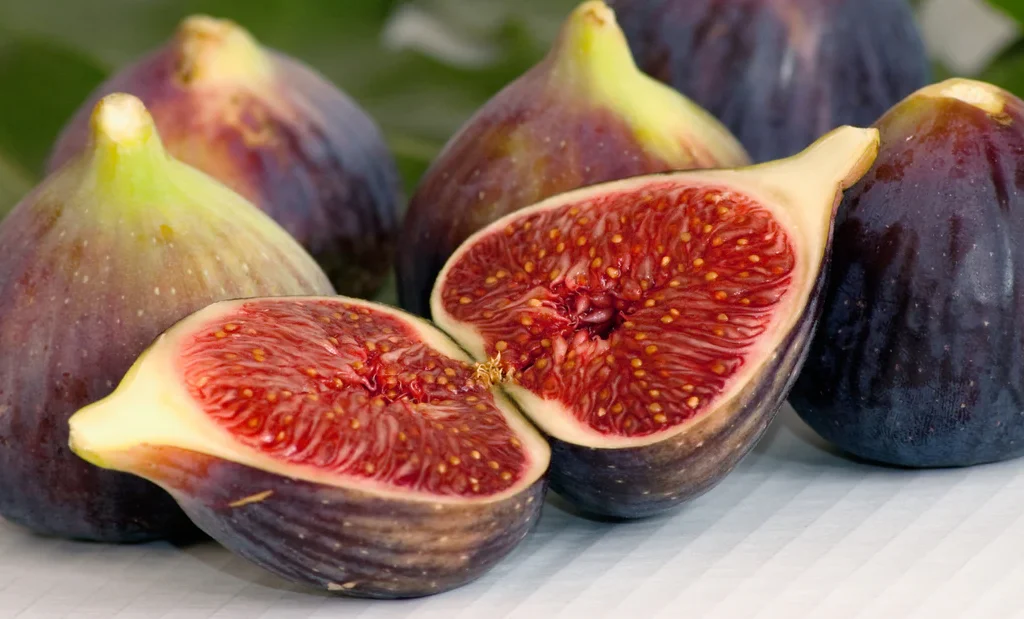
Turkey holds the undisputed title as the largest fig producer in the world.
According to the latest statistics from FAO and global agricultural trade reports:
- Turkey produces approximately 300,000 to 350,000 metric tons of figs annually, contributing to about 25-30% of the world’s total fig production.
- The country exports figs to over 40 countries worldwide, with the European Union, the United States, and Middle Eastern nations being its biggest markets.
- Turkey is also the largest exporter of dried figs, a staple in international markets due to their long shelf life and concentrated sweetness.
Why Is Turkey the Largest Fig Producer?
Several factors contribute to Turkey’s dominance in fig production:
1. Ideal Climate
Turkey’s Mediterranean climate offers hot, dry summers and mild winters — the perfect environment for growing high-quality figs. Regions like Aydın, İzmir, Bursa, and Mersin are particularly well-suited for fig cultivation.
2. Fertile Soil
The fig orchards in western Turkey, especially in the Aydın province, benefit from fertile, well-drained soils enriched by centuries of agricultural tradition.
3. Centuries-Old Tradition
Fig cultivation has deep roots in Turkish culture and agriculture. Generations of farmers have perfected the art of growing and drying figs, passing down expertise and traditional methods.
4. Government Support & Export Infrastructure
The Turkish government provides support to fig farmers through agricultural subsidies, modern farming techniques, and robust export networks. The port city of İzmir serves as a critical hub for the international distribution of Turkish figs.
Famous Turkish Fig Varieties
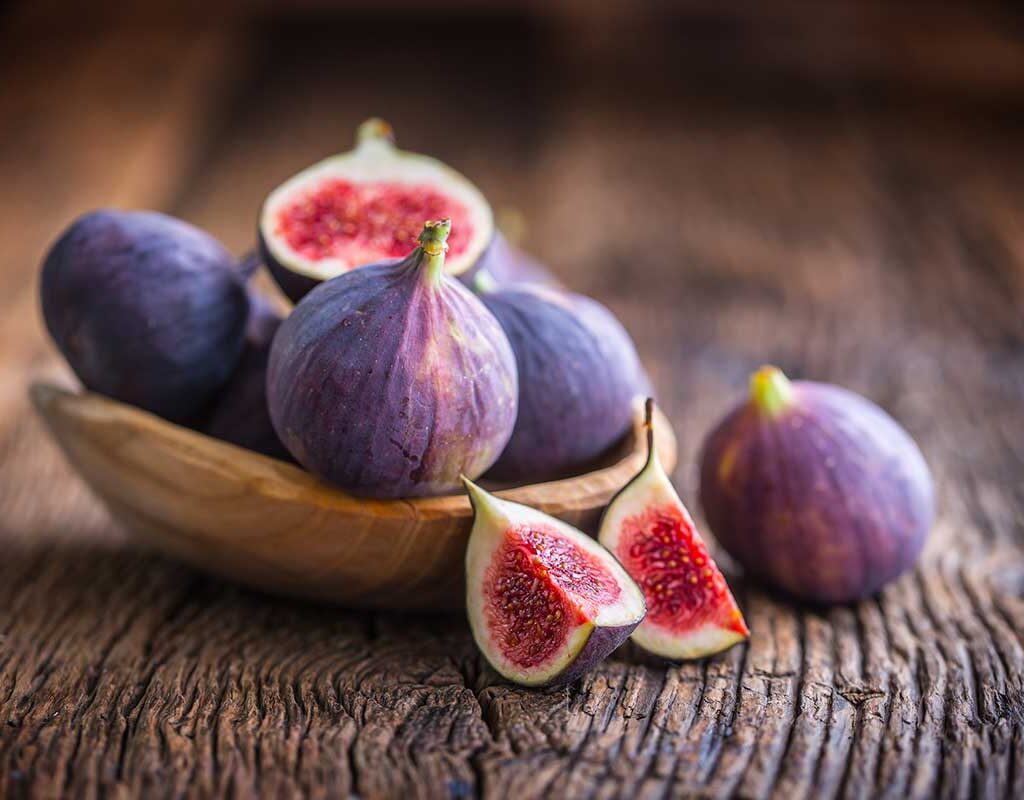
Turkey is home to some of the world’s finest fig varieties. The most notable among them include:
Sarılop (Calimyrna)
- The most famous and widely exported Turkish fig.
- Known for its thin skin, golden-yellow color, and exceptionally sweet taste.
- Commonly used for drying.
Bursa Black
- A fresh fig variety with deep purple skin and red flesh.
- Highly prized in domestic and European markets for fresh consumption.
Mut Figs
- Grown in the Mut district of Mersin.
- Noted for their size, sweetness, and suitability for fresh markets.
Global Competitors in Fig Production
While Turkey leads the fig industry, several other countries also play significant roles in global production:
Egypt
- Produces around 180,000 to 200,000 metric tons annually.
- Most figs are consumed domestically due to the high local demand.
- Cultivation areas include the Nile Delta and parts of Upper Egypt.
Morocco
- Produces around 130,000 to 150,000 metric tons.
- Famous for both fresh and dried figs.
- Moroccan figs are gaining popularity in European and Middle Eastern markets.
Iran
- A traditional fig producer with a history dating back centuries.
- Known for unique local varieties and sun-dried fig exports.
Algeria and Spain
- Each contributes significant quantities to the global market.
- Algeria is known for traditional, organically grown figs.
- Spain, particularly in the regions of Extremadura and Andalusia, exports both fresh and dried figs.
United States (California)
- California is the leading fig-producing state in the U.S.
- Produces around 35,000 to 40,000 metric tons annually.
- Known for high-quality fresh and dried figs, with popular varieties like Black Mission and Kadota.
Health Benefits of Figs
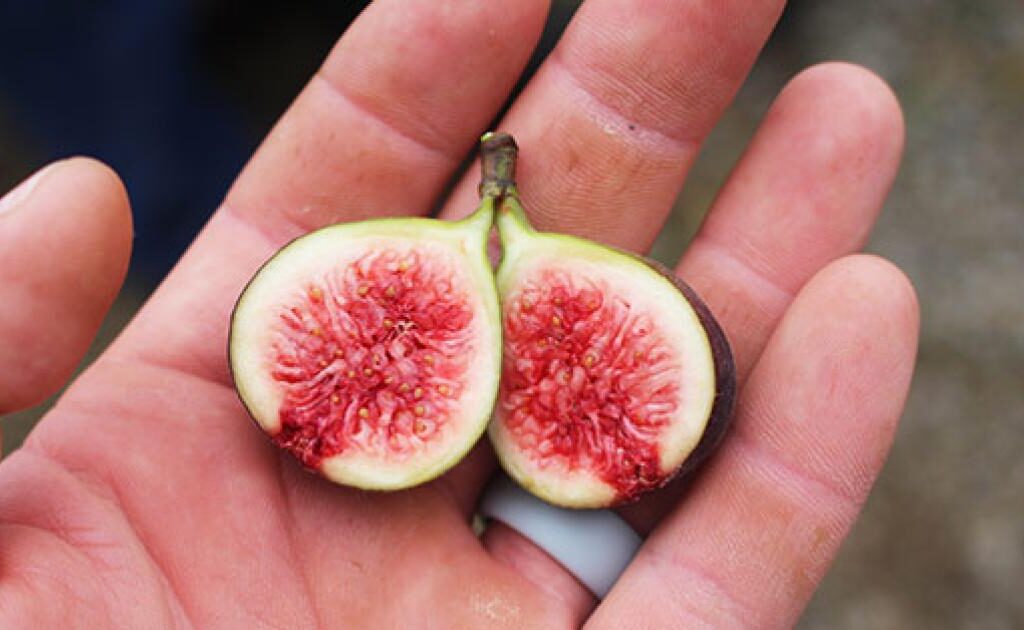
Figs are not only delicious but also packed with health benefits:
- Rich in fiber, aiding digestion and preventing constipation.
- High in natural sugars, making them a healthier alternative to refined sweets.
- Contain essential minerals like potassium, calcium, magnesium, and iron.
- Loaded with antioxidants, helping to combat inflammation and oxidative stress.
- Associated with heart health, weight management, and improved bone density.
Dried figs, in particular, offer a concentrated source of nutrients and are popular in health-conscious diets worldwide.
Future of Fig Production
As global demand for natural and health-focused foods rises, the fig market is expected to grow steadily. Turkey, with its established infrastructure and premium quality produce, is well-positioned to maintain its leadership.
Innovations in organic farming, improved post-harvest techniques, and enhanced export logistics will likely expand fig consumption beyond traditional markets, especially in North America and East Asia.
Conclusion
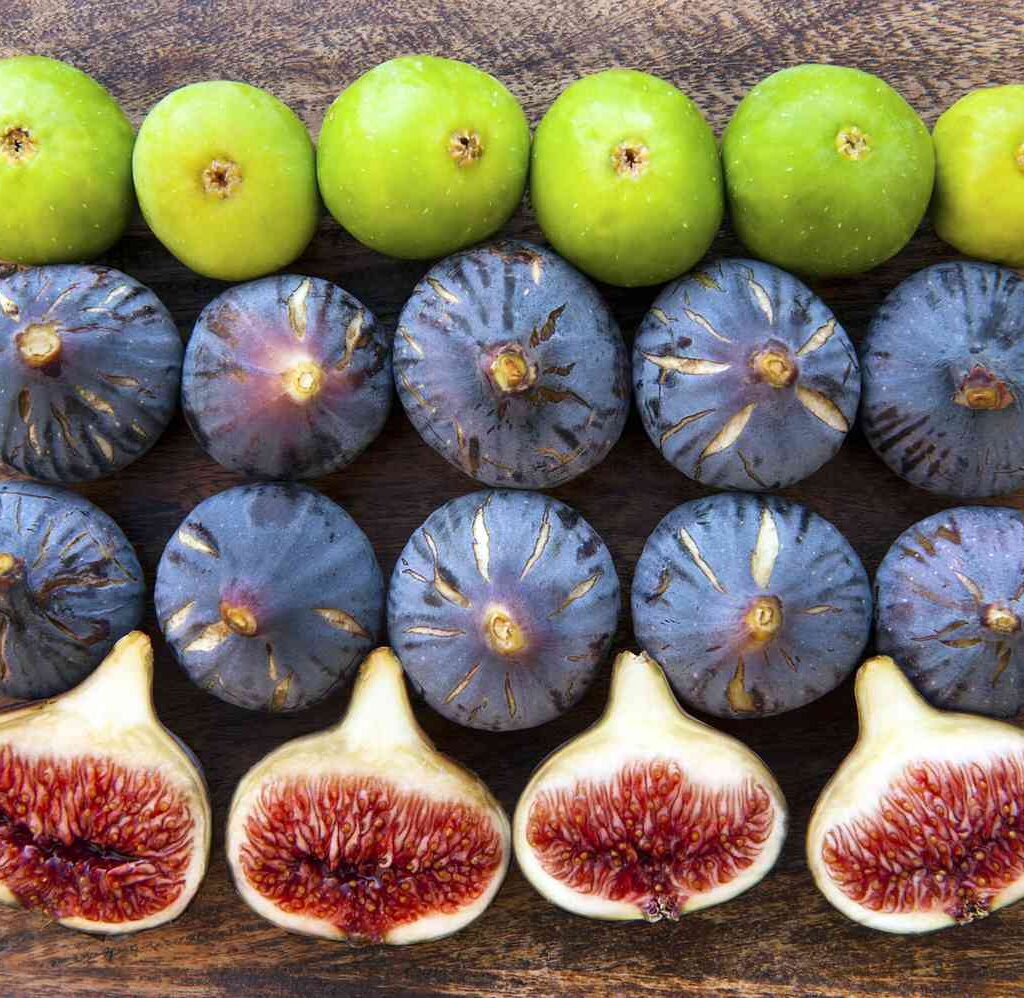
Figs have traveled from ancient orchards to modern-day supermarkets, and at the heart of this global journey is Turkey, the largest fig producer in the world. With its perfect climate, rich soil, and centuries of expertise, Turkey dominates the global fig market, supplying both fresh and dried figs to millions around the globe.
As consumer interest in natural, nutrient-rich fruits continues to rise, the future for figs — and Turkey’s leadership in the market — looks brighter than ever.





Leave A Comment